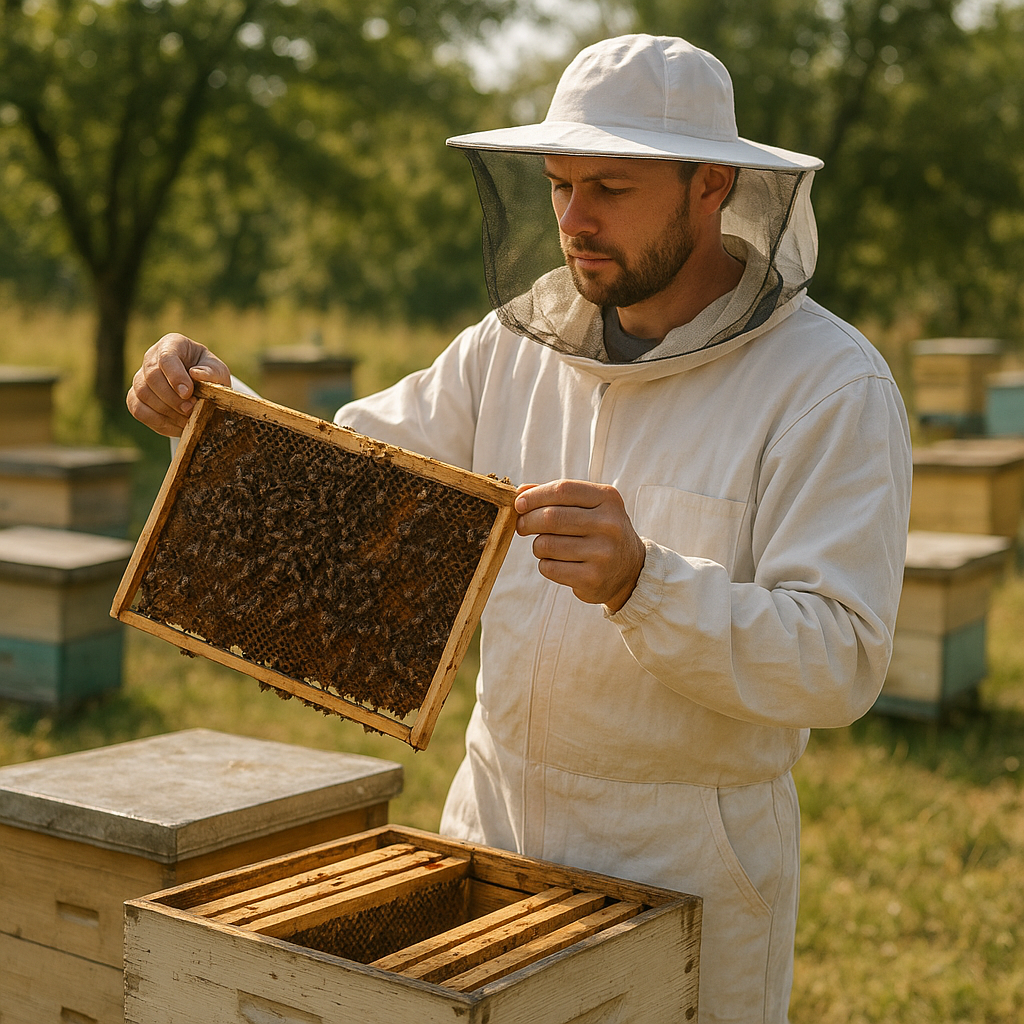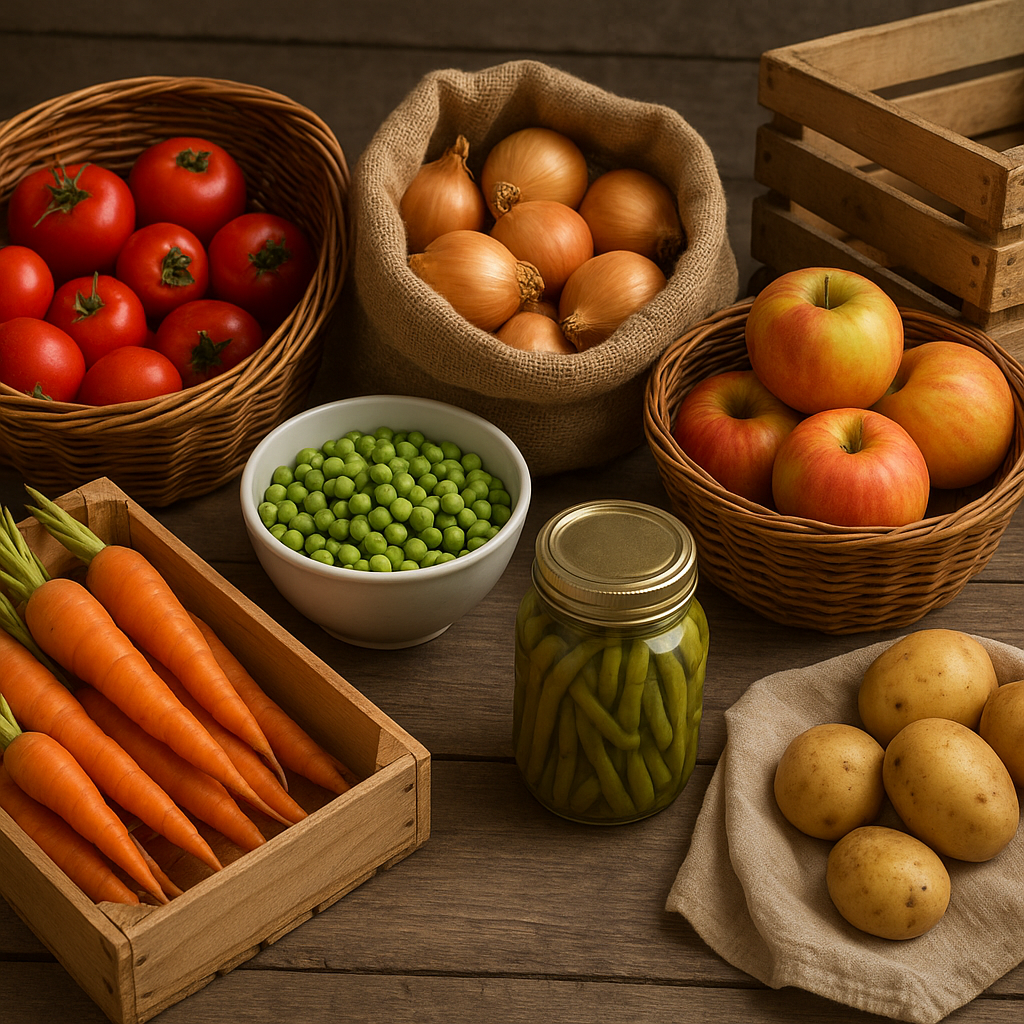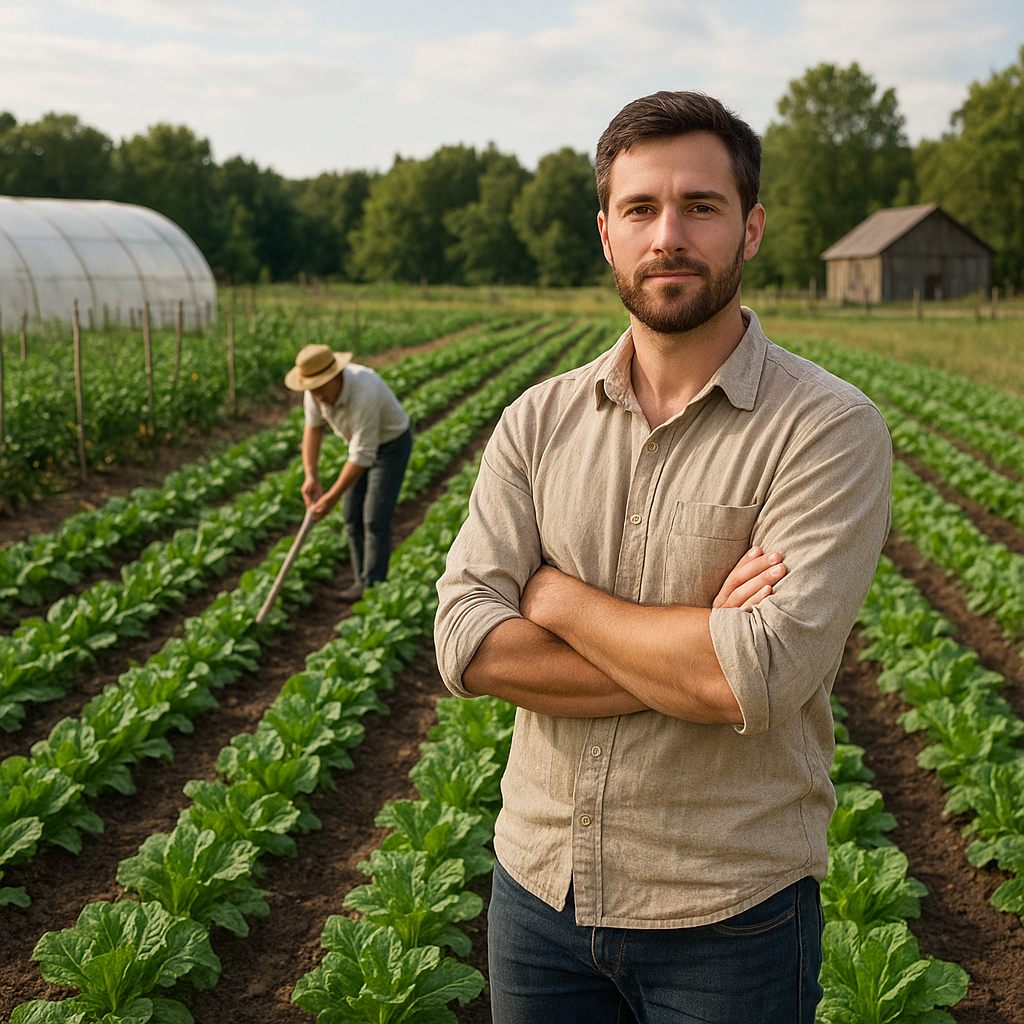
Embarking on an agricultural venture combines age-old wisdom with modern innovations, offering a pathway to connect with nature and secure a resilient food supply. This article delves into practical insights and proven methods, guiding you through the essentials of cultivating the land and optimizing your farm’s productivity.
Getting Started with Agriculture
Before turning the soil, it’s crucial to conduct thorough planning and research. First, assess your land’s characteristics—its topography, climate patterns, and existing vegetation. A site with gentle slopes and adequate sunlight is ideal for most crops.
- Invest in a soil test to determine pH levels and nutrient content. Healthy soil forms the foundation for all your crops.
- Identify a reliable water source. Consistent irrigation can make the difference between a thriving plot and a failed harvest.
- Map out field plots, taking into account potential expansion areas for greenhouses or livestock pens.
Once you understand your land’s potential, select crops that suit your region’s growing season. Begin with resilient varieties and gradually introduce specialty plants as you gain confidence. Consider joining local farming cooperatives to access bulk supplies and share expertise.
Implementing Effective Cultivation Techniques
Adopting best practices in planting and maintenance significantly boosts overall yield. Here are key strategies:
Crop Rotation and Diversity
A well-planned rotation system prevents soil fatigue and reduces pest pressure. Rotate heavy feeders like corn with legumes such as beans to naturally replenish nitrogen. Introducing cover crops—oats or clover—during off-seasons enriches soil structure and suppresses weeds.
Soil Health and Organic Matter
Integrating organic amendments is essential. Regularly apply compost and well-rotted manure to maintain nutrient levels and microbial activity. Mulching with straw or leaf litter conserves moisture and moderates soil temperature.
- Use green manure: plant fast-growing cover crops, then plow them under to incorporate fresh organic matter.
- Perform periodic soil tests to track changes in fertility and adjust your amendment schedule accordingly.
Water Management and Irrigation Systems
Efficient water usage not only saves resources but also protects crops from water stress. Drip irrigation targets the root zone, reducing evaporation and disease risk. Rainwater harvesting systems can supplement municipal supplies during dry spells.
- Install soil moisture sensors to monitor hydration levels and automate watering cycles.
- Build shallow swales or contour trenches on sloped land to capture runoff and recharge groundwater.
Advanced Strategies for Sustainable Growth
As your farm matures, it’s time to embrace advanced methods that increase productivity while preserving ecological balance.
Integrated Pest Management
Transition from chemical-intensive controls to an integrated pest management (IPM) system. Encourage natural predators like ladybugs and lacewings by planting insectary strips. Use pheromone traps and barrier methods to intercept pests before they infiltrate fields.
Precision Agriculture and Technology
Modern farms leverage technology to optimize every aspect of production.
- Drones and satellite imagery help monitor crop health, identify stress zones, and apply treatments precisely.
- GPS-guided tractors ensure accurate planting, reducing overlap and saving seed costs.
- Data management platforms track yields, input costs, and labor hours, enabling informed decision-making.
Greenhouse and Controlled Environment Agriculture
For high-value crops and year-round production, establish a greenhouse or hoop house. Controlling temperature, humidity, and light intensity enhances growth rates and seedlings survival. Implement hydroponic or aquaponic systems to further maximize space efficiency and water conservation.
Enhancing Biodiversity
Fostering a diverse ecosystem strengthens farm resilience. Plant windbreaks and hedgerows to offer habitat for pollinators and birds. Intercropping different plant species reduces disease spread and improves overall farm health. A thriving landscape attracts beneficial organisms that naturally regulate pest populations.
Best Practices for Post-Harvest Handling
Optimizing the steps following harvest protects quality and extends shelf life. Gentle handling during picking and grading minimizes bruising. Use shaded, ventilated storage areas to cool produce rapidly. For grains and seeds, maintain moisture levels below critical thresholds to prevent mold.
- Invest in proper packaging materials—biodegradable or recyclable options align with sustainable goals.
- Label crates with harvest date and variety to streamline inventory management and traceability.
- Consider value-added processing like drying, canning, or cold-pressing oils to improve profit margins.
Building a Thriving Agricultural Enterprise
Long-term success depends on continuous learning and adaptability. Network with agricultural extension services, attend workshops, and subscribe to industry journals. Embrace experimentation: trial new crop varieties, refine planting dates, and test novel biocontrol agents.
- Set realistic goals: track your progress with financial and production metrics each season.
- Leverage social media and local markets to build a loyal customer base, highlighting your commitment to sustainable practices.
- Diversify revenue streams by incorporating agritourism—farm visits, workshops, or pick-your-own events attract enthusiasts and generate supplementary income.
By blending foundational techniques with cutting-edge innovations, you pave the way for a resilient and prosperous farming operation. With dedication and thoughtful management, agriculture can flourish as both a livelihood and a contribution to global food security.

